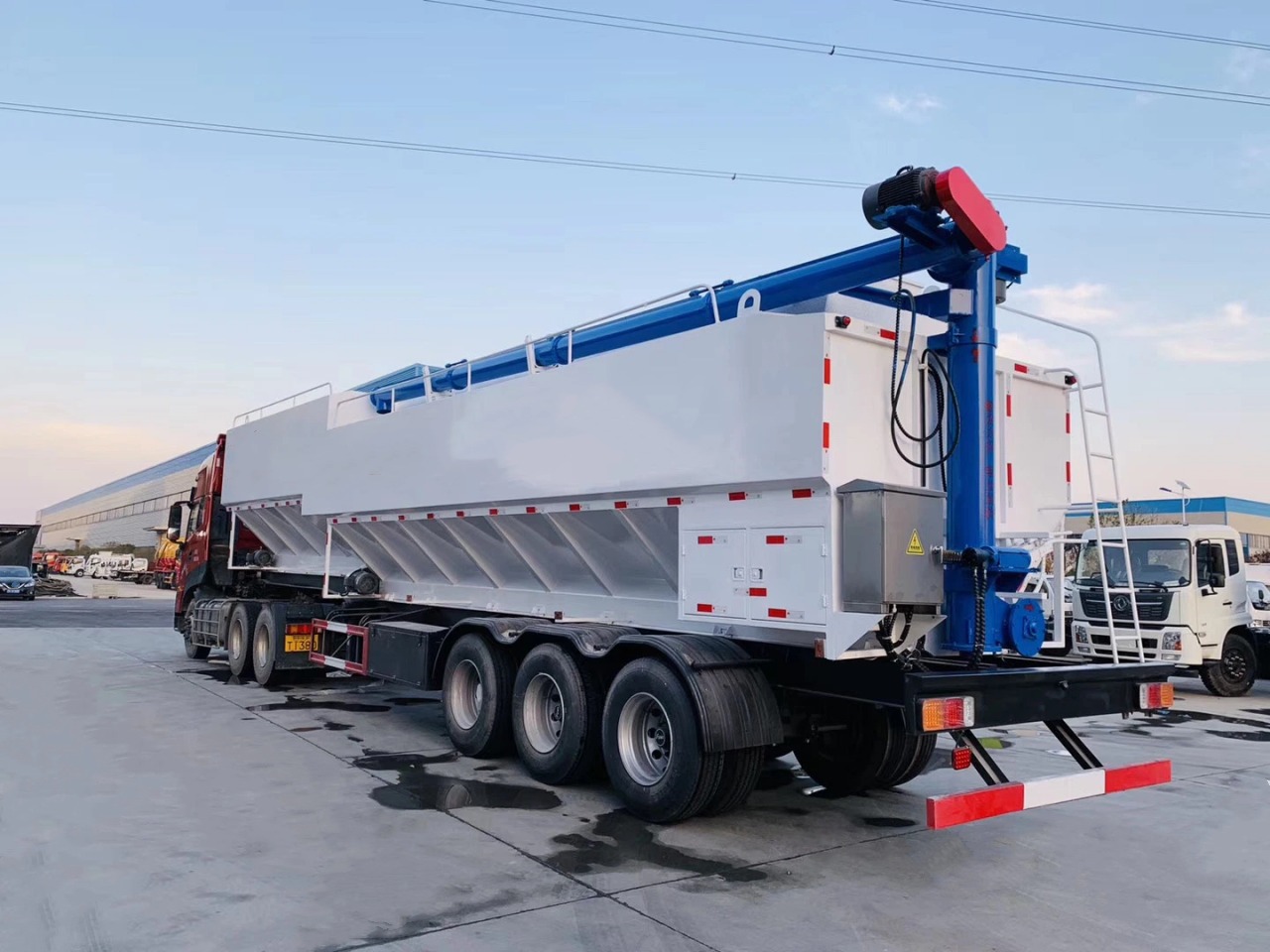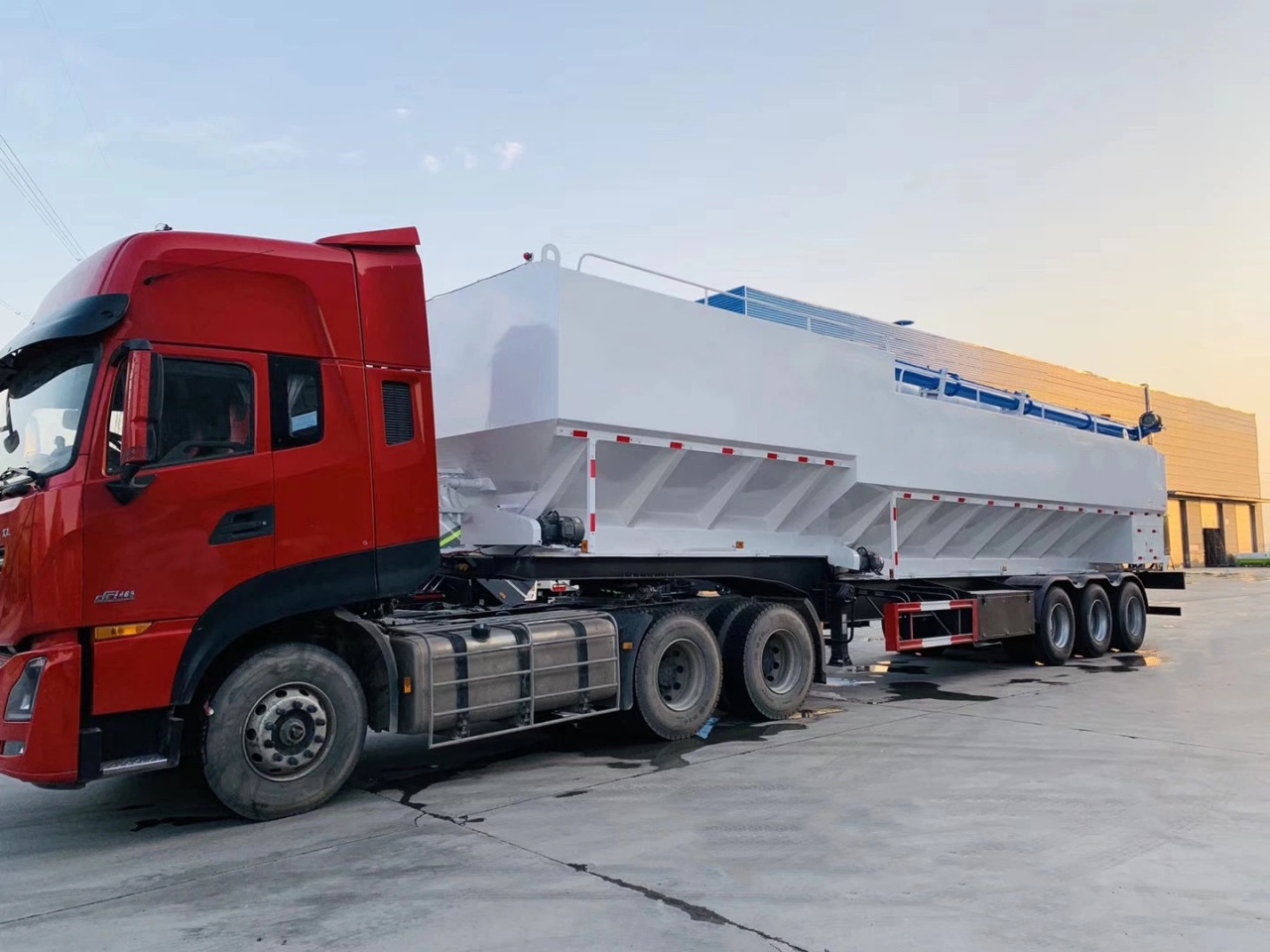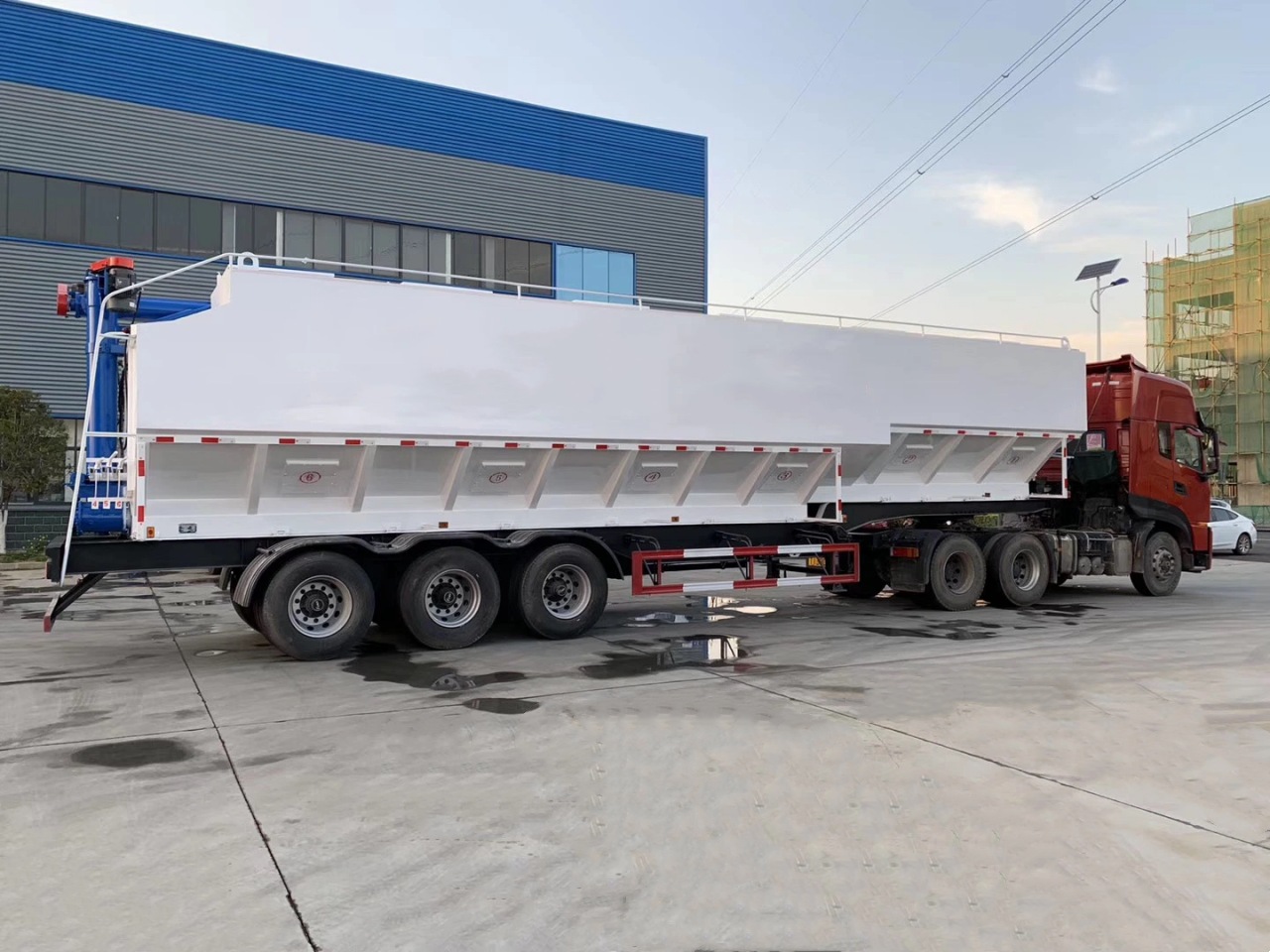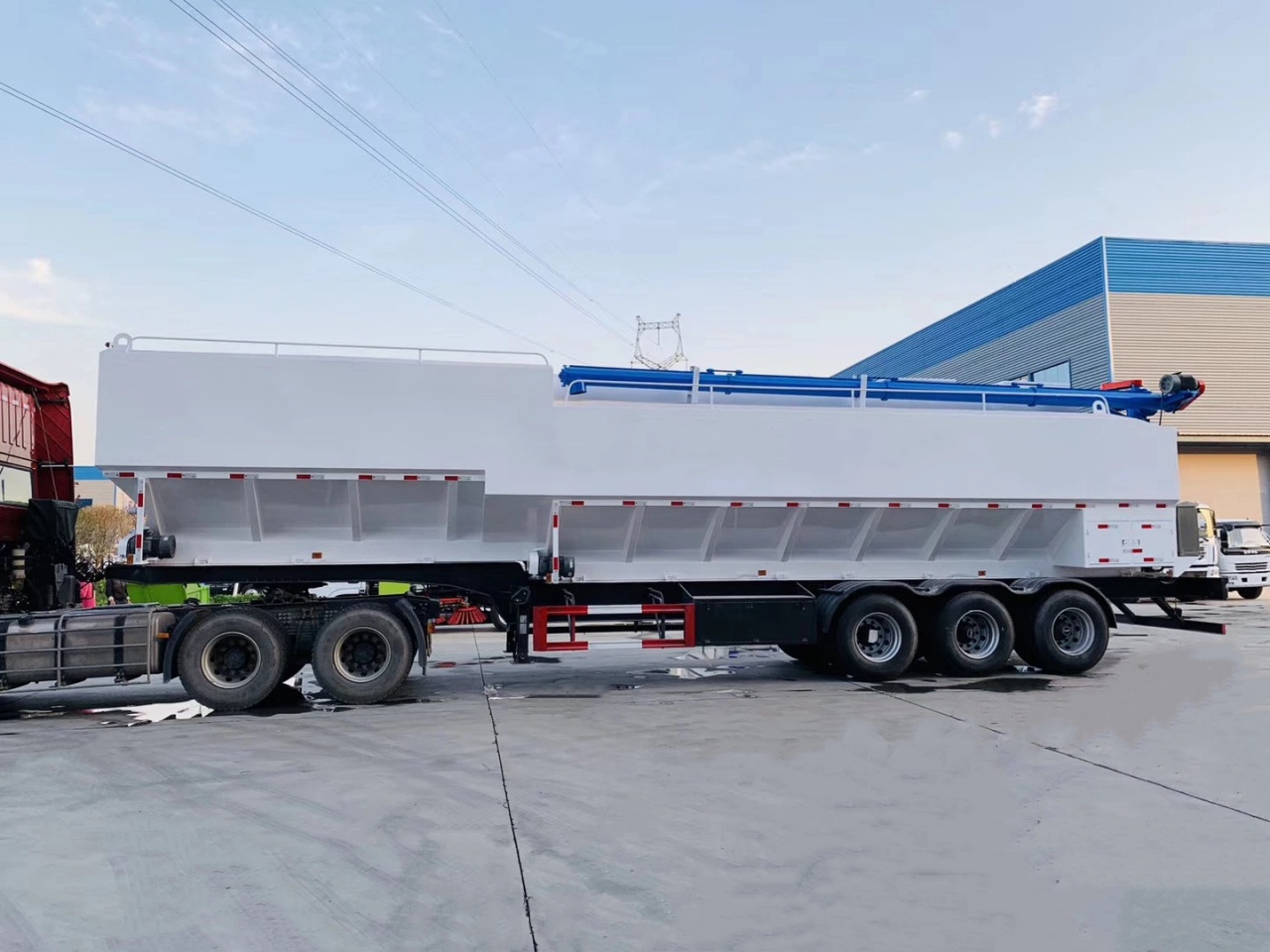Pneumatic trucking plays a critical role in the transportation of dry bulk materials across various industries, including agriculture, construction, food production, and manufacturing. This specialized method of transportation uses pressurized air systems to load and unload finely granulated or powdered materials such as cement, flour, plastic pellets, and sand. Unlike traditional trucking methods, pneumatic trucks offer a cleaner, more efficient, and safer way to handle materials that are sensitive to contamination or require dust-free environments.
In this article, we’ll explore what pneumatic trucking is, how it works, what types of materials it carries, and why it’s essential in modern supply chains.
Understanding Pneumatic Trucking
Pneumatic trucking refers to the use of bulk tank trucks equipped with pressurized air systems to transport dry, free-flowing materials. These trucks are often called “pneumatic tankers” or “dry bulk tankers.” The key difference between pneumatic trucking and other bulk transportation methods lies in how materials are loaded and unloaded.
Instead of relying on gravity or manual labor to offload materials, pneumatic trucks use compressed air to blow the product through pipes and hoses. This method keeps materials contained, reduces the risk of contamination, and allows for delivery into elevated storage units such as silos or bins.
How Pneumatic Trucks Work
A pneumatic truck consists of several essential components:
- Tank or Trailer: A cylindrical aluminum or steel tank with multiple compartments that holds the dry bulk product. These tanks are built to withstand high pressures.
- Air Compressor: A powerful onboard compressor that generates compressed air used to fluidize and push the material out of the tank.
- Manifold System: A network of pipes and valves that direct airflow and material movement during loading and unloading.
- Hoses and Fittings: Flexible tubes that connect the truck to the customer’s storage container or silo.
Loading Process
To load a pneumatic truck, materials are usually introduced through a top hatch using gravity or pneumatic suction from a storage facility. During the process, operators ensure that the material is evenly distributed across the tank compartments for safe weight distribution.
Unloading Process
The unloading process is where pneumatic trucks shine. The compressor pumps air into the tank, pressurizing it. This air flows through the material, making it behave like a liquid—a process known as fluidization. The fluidized material is then forced out through hoses and into the storage unit at the delivery site. This method allows for unloading without the need for tilting or lifting the truck.
Common Materials Transported by Pneumatic Trucks
Pneumatic trucking is ideal for any powdered or granular material that must remain dry and uncontaminated. Some common materials include:
- Cement and Fly Ash: Used in construction and concrete production.
- Plastic Pellets and Resins: Essential in the plastics and manufacturing industries.
- Flour, Sugar, and Other Food-Grade Powders: Transported to food processing facilities.
- Sand and Limestone Dust: Used in glass production and other industrial processes.
- Chemicals and Minerals, Such as sodium bicarbonate, calcium carbonate, and bentonite clay.
Food-grade pneumatic trucks are built to stringent sanitary standards, including polished stainless steel interiors and sealed systems to prevent contamination during transport.
Benefits of Pneumatic Trucking
There are many advantages to using pneumatic trucks for dry bulk material transport:
1. Clean and Contained System
The closed system of a pneumatic truck keeps materials free from outside contamination. This is especially critical for food-grade materials and sensitive chemicals.
2. Efficient Unloading
Because of the use of pressurized air, unloading is fast and does not require tipping or additional mechanical assistance. The truck remains stable during the process, which is particularly beneficial on uneven ground.
3. Dust Control
Pneumatic unloading is nearly dust-free. Since the materials are contained throughout the transfer process, there’s little risk of airborne particles, which can be hazardous in certain environments.
4. Versatility
These trucks can unload in a variety of settings, including high silos and storage bins without needing access to special infrastructure. This makes them suitable for rural or hard-to-reach industrial locations.
5. Reduced Labor Requirements
Operators can load and unload materials with minimal manual handling, which reduces the risk of injury and speeds up the logistics process.
Limitations of Pneumatic Trucking
Despite its many advantages, pneumatic trucking is not suitable for every type of material or situation.
- Limited Capacity: Compared to hopper trailers or dump trucks, pneumatic tankers often carry less product due to the need for pressurization systems and tank design.
- Not Suitable for Liquids or Sticky Materials: Pneumatic systems work best with dry, free-flowing products. Moist or clumpy materials can clog hoses or damage equipment.
- Higher Equipment Costs: Pneumatic tankers and compressors are specialized and can be more expensive to maintain and operate than other types of bulk trailers.
Industries That Rely on Pneumatic Trucking
Numerous industries depend on pneumatic trucking for their operations:
- Construction: Cement, fly ash, and lime are staples in building and infrastructure projects.
- Agriculture: Farmers and grain processors use pneumatic trucks for products like cornmeal, soybean meal, and fertilizer.
- Food and Beverage: Sugar, flour, cocoa, and starch are moved from mills to processing plants via pneumatic trucks.
- Chemical and Plastics Manufacturing: Resins, powders, and chemical additives are transported to factories in clean, sealed tanks.
- Energy and Mining: Dry bulk additives used in oil drilling or mineral processing are often delivered in pneumatic trucks.
The Future of Pneumatic Trucking
As industries move toward greater efficiency and environmental responsibility, pneumatic trucking is evolving. Modern trucks are now equipped with advanced telematics for real-time tracking, automated unloading systems, and quieter, more fuel-efficient compressors.
Additionally, manufacturers are designing lighter tanks using advanced alloys and composite materials, allowing trucks to carry more payload without compromising safety.
There is also a growing push toward alternative fuels and electric-powered compressors, which may reduce the environmental impact of pneumatic trucking in the years to come.
Conclusion
Pneumatic trucking is a highly specialized and valuable transportation method for handling dry bulk materials in a clean, safe, and efficient manner. Whether it’s delivering cement to a construction site or flour to a bakery, pneumatic tankers play an indispensable role in the logistics chain of many industries.
Though they require unique equipment and trained operators, the benefits in product integrity, environmental control, and unloading versatility make pneumatic trucking a preferred solution for countless applications across the globe.






